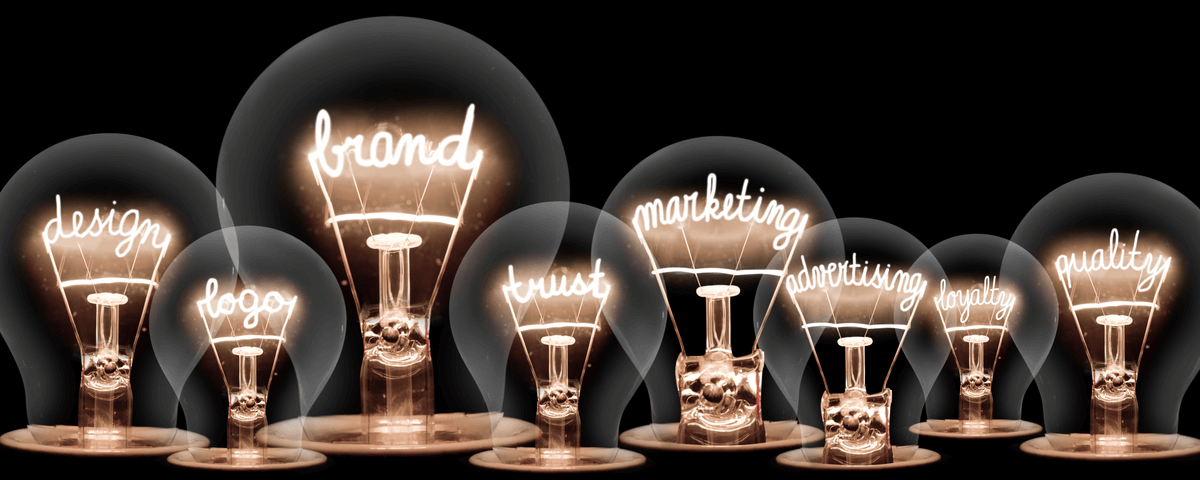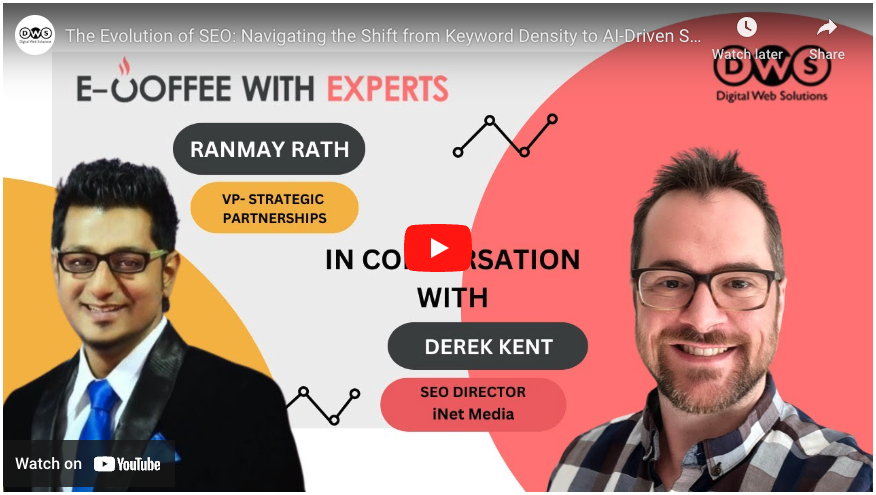You’re watching your favorite YouTube channel, and out of your peripheral vision, you see the 5-second countdown to an advertisement in the corner of your screen. The ad comes on; it’s set in an empty gym, a shaded background floods your screen, you see the silhouette of an athlete working out on an elliptical. Immediately, you know that it’s an advertisement for Nike.
And sure enough, before your eyes, the brand’s prominent checkmark logo appears with its famous slogan underneath, “Just Do It.” But how did you know the commercial was a Nike advertisement?
Through the power of brand messaging. By utilizing these factors to strengthen its brand story, Nike has created a level of consistency that has made it a household name as well as a globally recognized brand.

Understanding Brand Consistency
Brand consistency is nothing more than a company’s ability to communicate messages that are congruent with its values, promise, and identity. It’s associated with how “on point” an organization’s marketing and advertising is in regards to its brand identity. The power of brand consistency confirms that your brand is distinguishable throughout every advertising medium; whether it’s social media, billboards, television, etc. This is what produces a united and harmonious brand image.
To build trust with people and garner long-term customer loyalty, organizations must establish good merit through the power of brand consistency. A consistent brand is instantly more identifiable to people, as it delivers a feeling of both dependability and trustworthiness. And this is what gives way to your customers developing a connection with your brand on an emotional front.
The vast majority of our decisions are made unconsciously. What does this entail? It means that buying is an emotional process, not a logical one. We make decisions and purchases based on emotion, and then use logic and reason to justify our actions.
Simply put: human beings are motivated by emotions.
With this being the case, the smart advertiser will use emotion-fuelled advertising efforts in an attempt to sell a feeling rather than a product. For instance, why do you purchase the same cup of coffee at the same coffee shop every day? Because you know what you’re getting and you know it will be a pleasant experience. And that is the key!
By delivering consistent experiences to consumers, regardless of the medium of communication, you deliver that cozy, warm, and familiar feeling of brand identification. And that’s what builds trust — and ultimately — loyalty.
The problem is that brand consistency is a challenging thing for many companies to sustain. A difficulty that businesses face is that the nature and temperament of the people producing these advertising materials oftentimes eclipses the brand of the organization. No bueno.
For bigger and more established businesses, this may result in disorganized documents of advertising material. Another difficulty of maintaining brand consistency is procuring different ways to continue speaking about your brand daily without becoming irrelevant, uninteresting, or trivial as a result.
Additionally, trying to make your workers ambassadors for your brand is also a challenging endeavor. To maintain a sufficient level of brand consistency, it’s crucial for workers to display the brand’s values, regardless of their position within the organization. By integrating some of the below tactics, you will be able to surmount these difficulties and take advantage of the power of brand consistency.
Techniques for Preserving Brand Consistency
Ensure Branding Guidelines Are Accessible
Having branding guidelines will determine how everybody in the company will represent the brand. This will incorporate narrative (POV, tonality, etc), as well as visual (colour, fonts, logo, etc). These components will demonstrate and represent everything about the brand. A way to assist the advertising team is to enable the utilization of brand guidelines via producing a virtual asset and company portal that workers within the business can gain entry to, even when market fluctuations happen.
Use Visual Components
A crucial branding tactic to sustain consistency is with visual components. Ensure your visual brand is orderly overall advertising materials and is congruent with the style guide for branding.
Look at Dropbox, for instance. The cloud-stationed file-sharing medium enables every form of communication from emails to ads to showcase their instantly identifiable logo. By bonding to an integrated method over each touchpoint, Dropbox has created a distinct and indisputable visual trademark for itself that puts it at the forefront of consumers’ minds and gives it a competitive edge in the market.
Furthermore, you should make certain that all workers have entry to the critical visual components. A DAM (Advanced Digital Asset) management solution can be quite useful in this situation.
Bolster Brand Endeavors
Realize that maintaining brand consistency requires effort from everyone. Inspiring workers to learn the values, the brand message, as well as the story of the company assists it with exuding a more professional representation to customers.
For instance, Splunk; a B2B software company, managed an experiment a few years ago to explain and share the brand intramurally to new employees in an attempt to sustain the culture as they developed from a bootstrapping startup to a worldwide conglomerate.
This allowed the company to grow to new heights while confirming that their initial narrative and culture remained whole and unscathed. To assist with the facilitation of these efforts, a company can allocate a brand manager who will be the guard, so to speak, for the business’s products and services. The brand managers will make certain that workers are vigilant in regard to consistency for branding.
Accelerate Brand Evolution
As companies traverse internal adjustments to mirror fluctuations within the market, evolution in branding will most likely come after. Businesses, as well as their products, need to adjust and change to mirror new market demands. When this occurs, ensure you go over these modifications from a branding point of view, keeping consistency at the forefront of your mind.
Additionally, the core brand values don’t really have to switch. Rather, adjustments can take place in creative areas, like logo design or fonts, etc. For instance, look at a business that creates hair products. In an attempt to react to the market’s inclination for a reduction of plastic garbage, debris, and waste, they may adjust the wrapping or cover of their product bottles to minimize the quantity of plastic that is used.
A different way to see it is to bring in a novel color arrangement that can be associated with your brand. The utilization of certain shades and complexions can bring out emotional reactions from different segments of people.
For instance, displaying reliability in a logo may require you to use colors such as white and blue. Additional variations of colour arrangements can bring about other feelings, like power, dominance, and exhilaration. This kind of brand development not only offers a chance for advancement but conserves brand consistency too.
Get Ready for Adjustments
You cannot escape change, it’s an inevitability. This entails that getting ready for it prior to it taking place will put a company in an optimal position for success, and produce a less troublesome experience as well.
An easy way to make certain branding stays consistent during the innumerable amount of changes that are bound to take place, is to utilize virtual asset management software. Signing up for the assistance of a DAM aids businesses with housing all of their advertising properties and offers managed entry to workers 24/7.
Due to brand assets being housed in a single concentrated position, any possible adjustments to advertising materials can effortlessly be expedited via the DAM so nobody is struggling when it’s time to upgrade brand security.
Inbound Marketing Efforts
Advertisements, commercials, etc, are useful outbound marketing tools that produce a brand experience your customers can trust. However, your outbound marketing efforts can be bolstered by incorporating inbound marketing practices such as SEO strategies, blog articles, social media posts, and other types of relevant content that provide value to your customers.
Why is this important?
Inbound marketing facilitates the space for the brand experience to develop. It fosters engagement and connection with your audience, which is what people want and desire. Everyone wants to feel they belong, like they’re connected to a tribe of some sort that represents their values and beliefs.
And the reason for this is simple — it has been wired into our genetic makeup over millennia. Thousands of years ago, if our ancient ancestors were cast out from the protection of the tribe, it spelt certain death.
Today, although there’s no longer any physical risk associated with not belonging, the instinctual desire remains. You can capitalize on the hunger for this human need by speaking directly to the core of your customers through the content you publish.
The power of brand consistency can be fully realized when both outbound marketing and inbound marketing are working in unison.
Establishing Trust With Clients and Customers
Brand consistency is a contributing variable in establishing trustworthiness with a company’s ideal market. By using consistent brand messaging as well as visual components that represent their professional image, brands can establish a robust connection with their market, become immediately identifiable, and meet as well as exceed the expectations of customers.
If you’re curious to learn more about how you can connect with your audience, grow your business, and have a powerful impact on those you serve, contact us today for more information.





